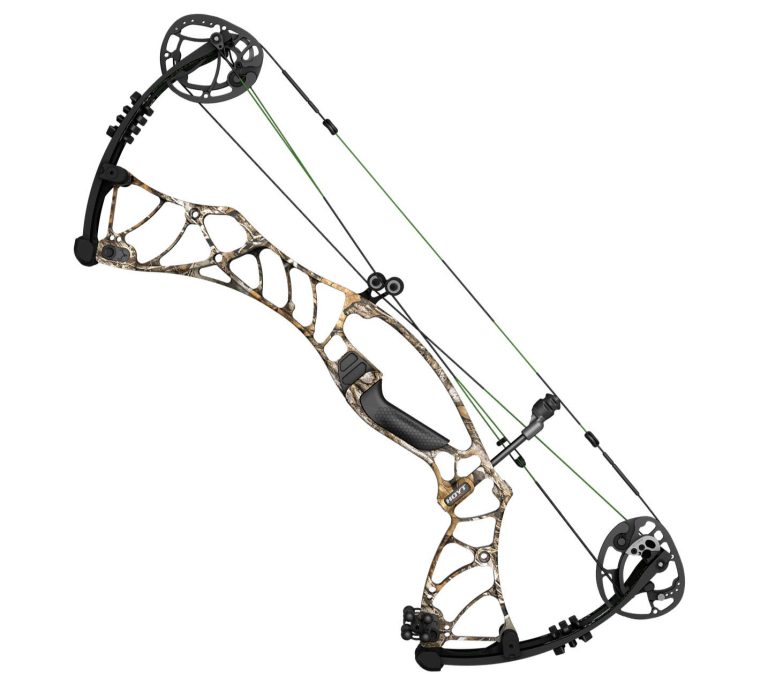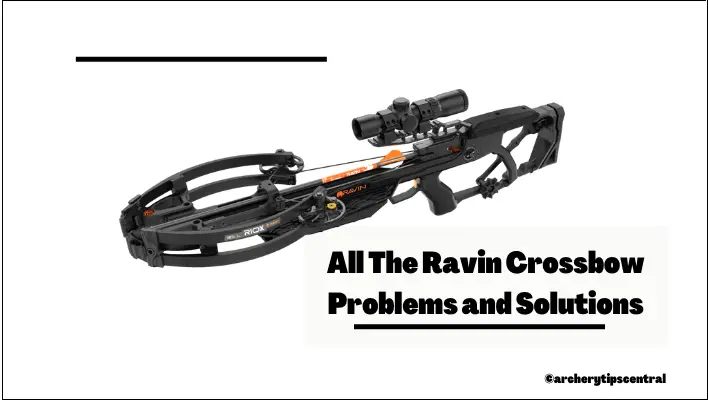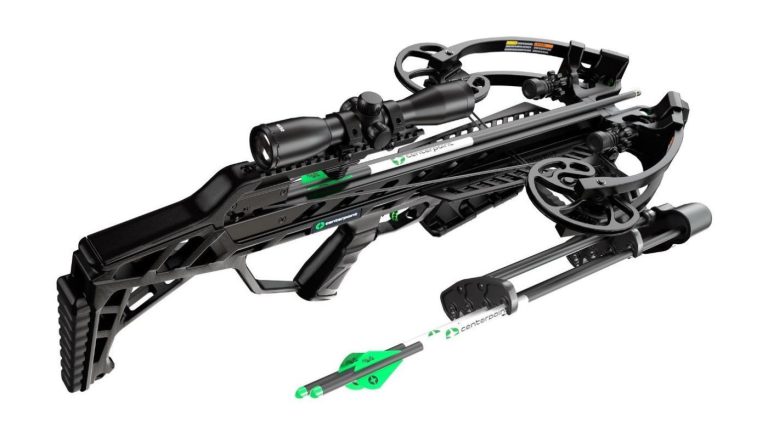What Is The Best Anchor Point For Drawing A Bow The Best Anchor Point For Drawing A Bow
If you’re new to archery or looking to up your game, understanding the best anchor point for drawing a bow is crucial. The anchor point refers to the position at which you firmly hold the bowstring against your face before releasing the arrow. While there isn’t a one-size-fits-all answer, finding a consistent anchor point that works for you is key. This article will explore various anchor point options, including the three-finger under, split finger, and Mediterranean styles, and provide tips on how to determine which one suits your shooting style and preferences. So grab your bow, find your anchor, and get ready to improve your accuracy on the range or in the field.
Introduction to Anchor Points
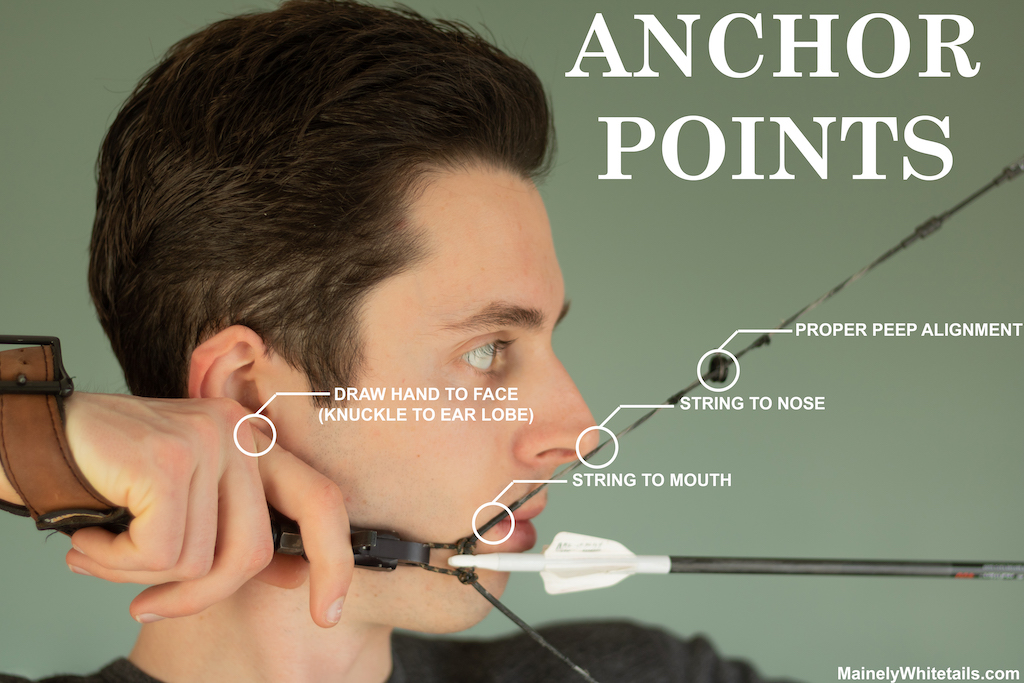
1.1 Understanding Anchor Points
When it comes to archery, one of the most crucial elements to master is the anchor point. An anchor point is the consistent spot on your face or body where you draw the bowstring to every time you shoot. It serves as a reference point for consistent aim and proper alignment. Understanding and utilizing the right anchor point is essential for accuracy and precision in archery.
1.2 Importance of Finding the Best Anchor Point
Finding the best anchor point for you is crucial because it directly affects your shooting consistency and accuracy. An inconsistent or incorrect anchor point can result in missed shots and frustration. By discovering and utilizing the anchor point that works best for your style and body, you can improve your shooting form and increase your chances of hitting the target consistently.
Common Anchor Points
2.1 Index Finger Anchor
The index finger anchor is one of the most common anchor points among archers. It involves placing the index finger against the corner of the mouth, where the index finger’s first joint rests against the jawbone. This anchor point provides a stable reference and allows for easy repeatability.
2.2 Corner of the Mouth Anchor
Similar to the index finger anchor, the corner of the mouth anchor involves placing the string against the corner of the mouth. However, instead of using the index finger, the corner of the mouth itself is the anchor point. This anchor point can provide a more consistent release and is popular among traditional archers.
2.3 Chin Anchor
The chin anchor involves placing the string directly below the chin, with the jawbone resting on top of it. This anchor point provides a solid reference and is often favored by archers who prefer a more prominent reference point for alignment.

2.4 Nose Anchor
The nose anchor involves aligning the string with the tip of the nose. This anchor point is popular among Olympic-style archers as it provides a reliable reference point and promotes good alignment with the target.
2.5 String Touching Nose Anchor
Similar to the nose anchor, this anchor point involves aligning the string with the tip of the nose. However, in this case, the string is allowed to touch or lightly rest against the nose. This anchor point can provide additional stability and consistency in aiming.
Factors to Consider When Choosing an Anchor Point
3.1 Comfort and Stability
When choosing an anchor point, it is important to consider your comfort and stability. The anchor point should feel natural and secure, allowing you to maintain consistent form throughout the shot process. Experiment with different anchor points to find the one that feels most comfortable and stable for you.
3.2 Consistency
Consistency is key in archery, and your anchor point plays a significant role in achieving it. Look for an anchor point that is easy to repeat consistently shot after shot. A reliable anchor point will contribute to consistent aiming and release, ultimately leading to better accuracy.
3.3 Personal Preference
Archery is a personal journey, and everyone has their own preferences. When choosing an anchor point, consider your personal preferences. Some archers may prefer a more prominent reference point, while others may prefer a subtle touch or alignment. Listen to your instincts and choose the anchor point that feels right for you.

3.4 Proper Alignment
Proper alignment is crucial for accurate shooting. When selecting an anchor point, ensure it promotes good alignment with the target. The anchor point should align your dominant eye with the peep sight or aiming device, allowing for a clear and focused view of the target.
Testing Different Anchor Points
4.1 Experimentation
To find the best anchor point for you, it is important to experiment with different options. Start by trying the common anchor points discussed earlier. Draw the bowstring to each anchor point and pay attention to how it feels and how consistent your shots are.
4.2 Recording Results
Keep a record of your shooting sessions and note which anchor points you tried and how they performed. Document any changes in accuracy or consistency based on the anchor point used. This record will help you evaluate the effectiveness of each anchor point and make informed decisions.
4.3 Fine-tuning
After experimenting and analyzing your results, choose the top two or three anchor points that seem to work best for you. Spend more time practicing with these anchor points and fine-tune your form and shot process. With practice, you will be able to determine which anchor point provides the highest level of consistency and accuracy.
Best Anchor Points for Different Styles of Archery
5.1 Target Archery
In target archery, consistency and precision are paramount. The nose anchor or string touching nose anchor are commonly used anchor points, as they provide a reliable reference for consistent alignment and aiming.
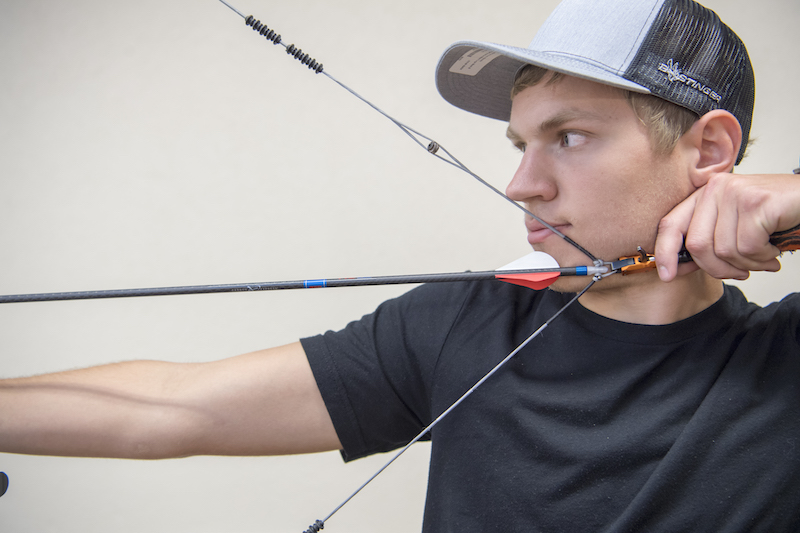
5.2 Bowhunting
In bowhunting, speed and precision are essential. The corner of the mouth anchor or index finger anchor are often preferred for their quick and repeatable nature. These anchor points allow for faster shooting while still maintaining a consistent reference point.
5.3 3D Archery
In 3D archery, where shooting at three-dimensional targets is the focus, the chin anchor or nose anchor are popular choices. These anchor points help maintain alignment and provide a stable reference for accurate shooting at various angles and distances.
5.4 Traditional Archery
Traditional archers often opt for anchor points that align with their preferred shooting style and equipment. The corner of the mouth anchor and nose anchor are commonly used, as they allow for a more instinctive and intuitive shooting process.
Advanced Techniques for Anchor Points
6.1 Floating Anchor
The floating anchor technique involves using multiple anchor points and allowing the string to touch different parts of the face or body. This technique is used by some archers to achieve a more fluid and natural shooting style. However, it requires advanced skill and control.
6.2 Multiple Anchor Points
Similar to the floating anchor technique, some archers prefer to use multiple anchor points simultaneously. This technique allows for greater stability and repeatability in the shot process. Experiment with different combinations of anchor points to find what works best for you.

6.3 Back Tension Release Aid
Advanced archers may utilize a back tension release aid in conjunction with their anchor point. This device helps promote a smooth and controlled release by focusing on back tension. When using a back tension release, ensure your anchor point remains consistent throughout the shot process.
Tips for Achieving a Consistent Anchor Point
7.1 Proper Grip
Maintaining a proper grip on the bow handle is essential for a consistent anchor point. Avoid gripping the bow too tightly, as it can affect the alignment and stability of your anchor point. Instead, focus on a relaxed grip and allow the bow to settle naturally into your hand.
7.2 Body Alignment
Achieving proper body alignment is crucial to maintain a consistent anchor point. Stand with good posture, shoulders relaxed, and feet shoulder-width apart. Align your body with the target, ensuring your dominant eye aligns with the aiming device or peep sight.
7.3 Visual Alignment
Ensure your visual alignment is accurate by focusing on the target and aligning your dominant eye with the aiming device or peep sight. Practice maintaining a clear and focused view of the target while maintaining your anchor point.
7.4 Mental Visualization
Developing a mental image of your anchor point before each shot can help reinforce muscle memory and consistency. Visualize your anchor point and the alignment it provides, allowing your mind to guide your body into the same position every time.
Addressing Common Anchor Point Mistakes
8.1 Gripping the Bow Handle
One common mistake in anchor points is gripping the bow handle too tightly. This can affect the stability and repeatability of your anchor point. Focus on a relaxed grip and allow the bow to settle naturally into your hand, ensuring a consistent anchor point.
8.2 Overextending the String
Overextending the string refers to drawing the bowstring too far back, causing your anchor point to shift or become inconsistent. Be mindful of your draw length and avoid going beyond your natural anchor point. Focus on maintaining a consistent anchor point throughout each shot.
8.3 Inconsistent Hand Position
Inconsistent hand position can lead to variations in the anchor point. Pay attention to the position of your bow hand, ensuring it remains consistent from shot to shot. Practice proper hand placement and focus on maintaining a reliable and repeatable anchor point.
Training and Exercises for Anchor Point Consistency
9.1 Drawing Exercises
Drawing exercises can help strengthen the muscles involved in maintaining a consistent anchor point. Use a resistance band or a bow training device to simulate drawing the bowstring. Focus on maintaining a steady and consistent anchor point throughout the exercise.
9.2 Anchor Point Drills
Practice specific anchor point drills to train muscle memory and reinforce consistency. Start with slow and controlled movements, ensuring your anchor point remains consistent. Gradually increase your speed and accuracy as you become more comfortable with each drill.
9.3 Muscle Memory Development
Developing muscle memory is crucial for consistent anchor points. Practice regularly and focus on maintaining the same anchor point every time you draw the bowstring. Consistency and repetition will help your body recognize and replicate the correct anchor point without conscious effort.
Conclusion
Finding the best anchor point for drawing a bow is a personal journey that requires experimentation, practice, and attention to detail. Consider your comfort, stability, and shooting style when choosing an anchor point. Remember to focus on consistency and proper alignment while avoiding common mistakes. With dedication and practice, you can achieve a reliable and repeatable anchor point, leading to improved accuracy and success in archery.


